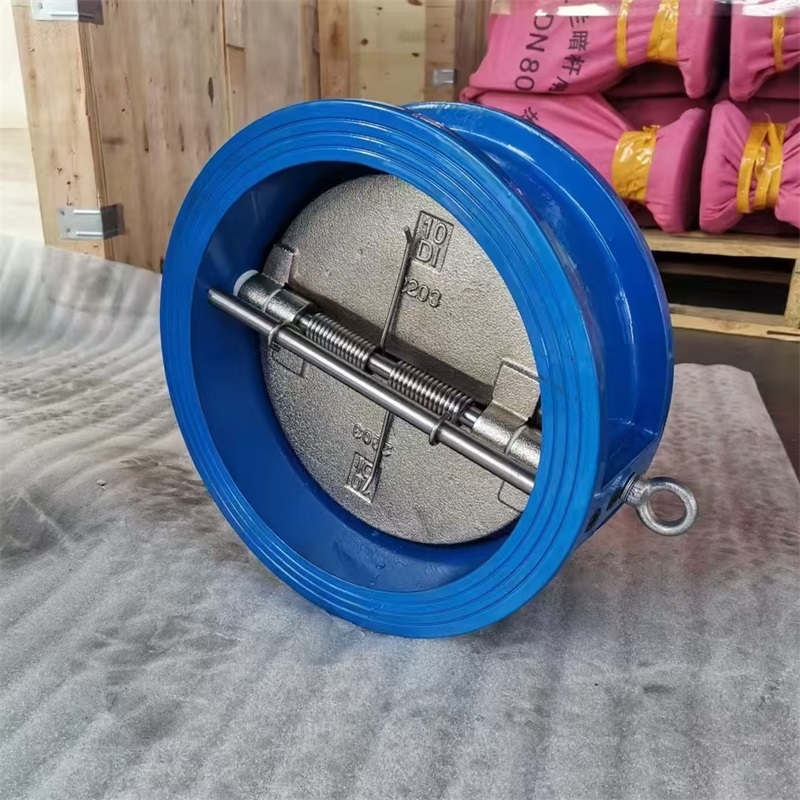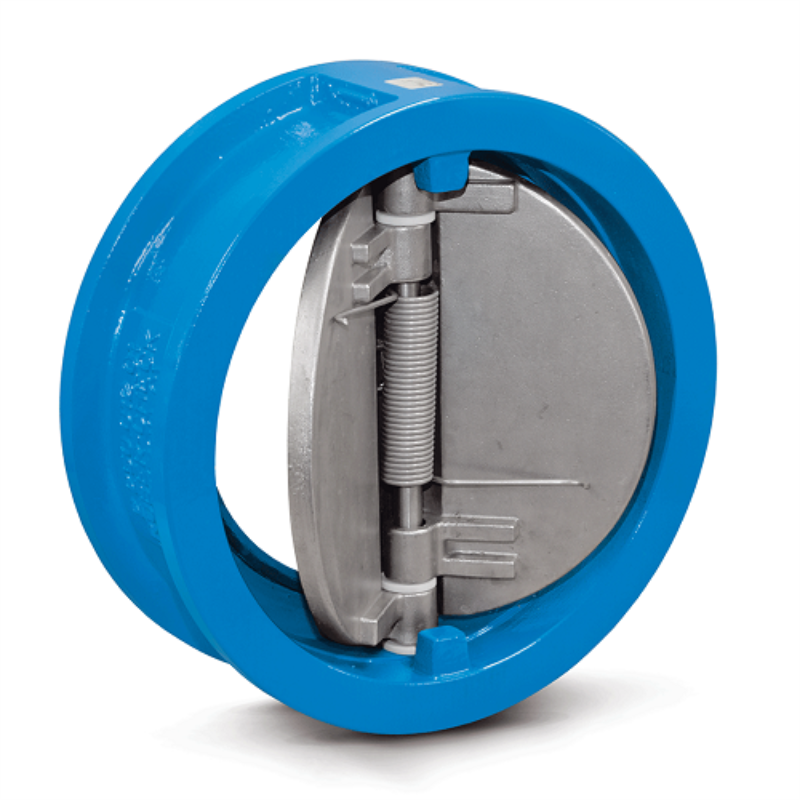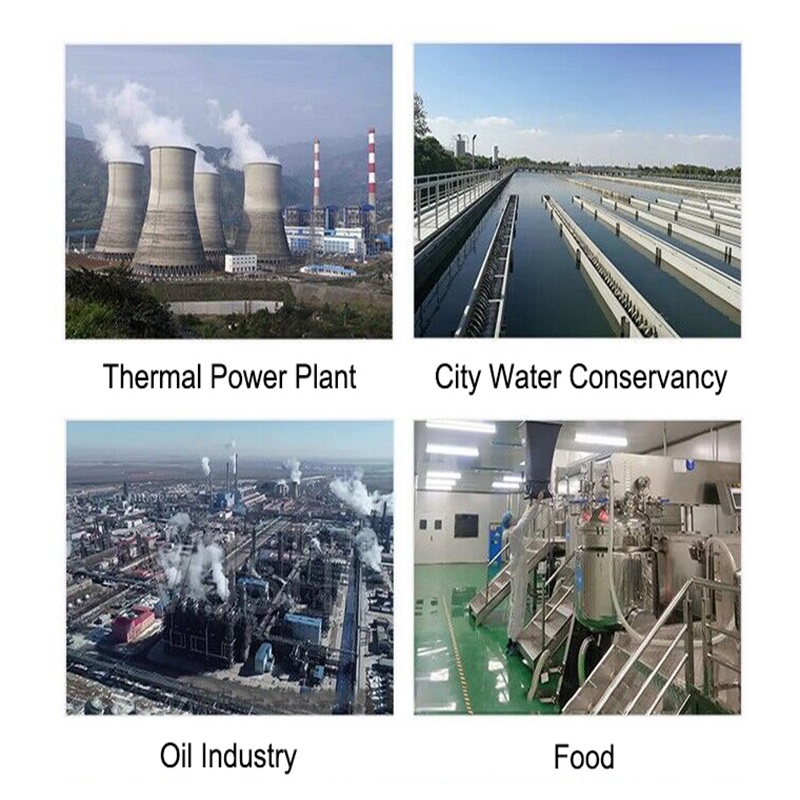Part I Introduction
The wafer type dual plate check valve has a very simple structure. Compared with other check valves, its structure length is also very short, and the connection method is a wafer type. The valve plate is two semicircular butterfly plates, which are connected by a valve stem and forced to reset by a spring. It is an automatic valve and does not require manual operation. This valve is usually used in pure pipelines, as well as industrial, environmental protection, water treatment, and high-rise building water supply and drainage pipelines to prevent medium backflow.

Part II: Working Principle
The working principle of the wafer-type check valve is quite unique. When the medium flows through the valve body, if the medium pressure is greater than the spring force, the two valve discs will be pushed open, and the valve will open, allowing the medium to flow smoothly. When the medium stops flowing, the spring force takes effect, the two valve discs are forced to reset, and the valve closes, effectively preventing the medium from flowing back.

Part III: Technical Parameters

Part IV: Production Process

Part V: Advantages
- 1.Short structure length; small size and light weight;
- 2.It can be used in both horizontal and vertical pipelines and is easy to install;
- 3.It has smooth flow and low fluid resistance;
- 4.The overall structure is simple and compact, with beautiful appearance; long service life and high reliability.

Part VI: Applications
1. Industrial field
Wafer double-flap check valves are used in industry to control the flow of various liquids and gases, including water, steam, fuel oil, etc. They can effectively prevent the backflow of media and protect the safe operation of equipment and pipelines.
2. Power industry
The boiler feed water system and steam system in the power industry require reliable fluid control equipment. Wafer double-flap check valves are widely used in various processes in the power industry due to their compact structure and flexible operation.
3. Construction field
In the construction industry, it can effectively prevent the risk of damage caused by the backflow of water or air flow, reduce safety risks and ensure the normal operation of the system.

